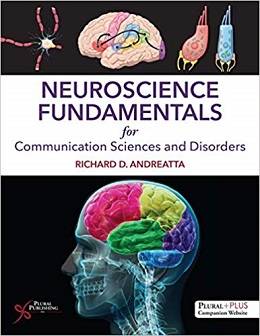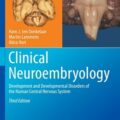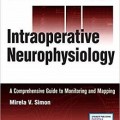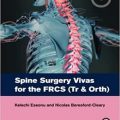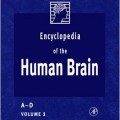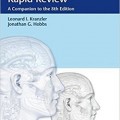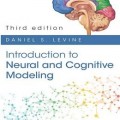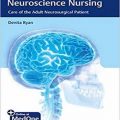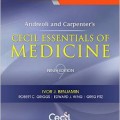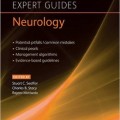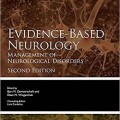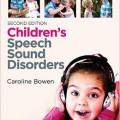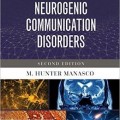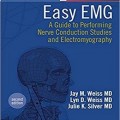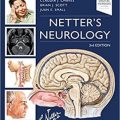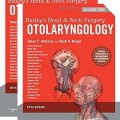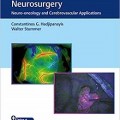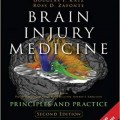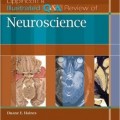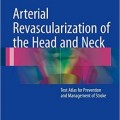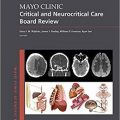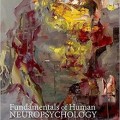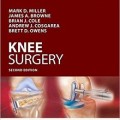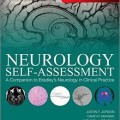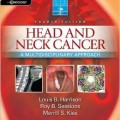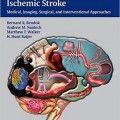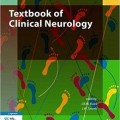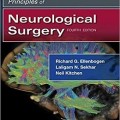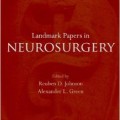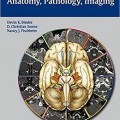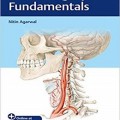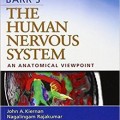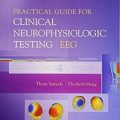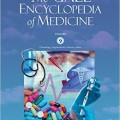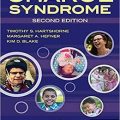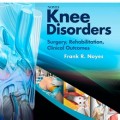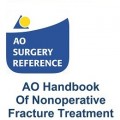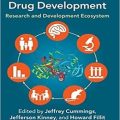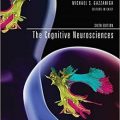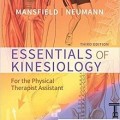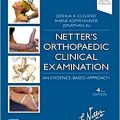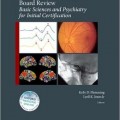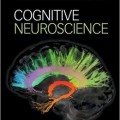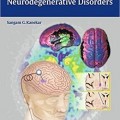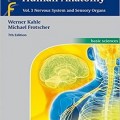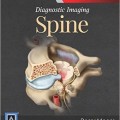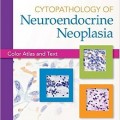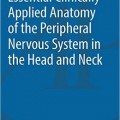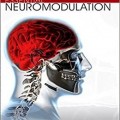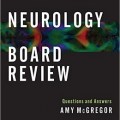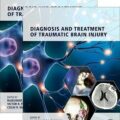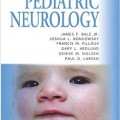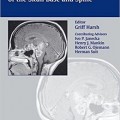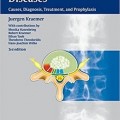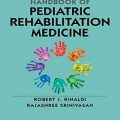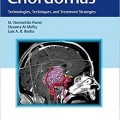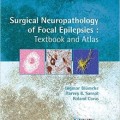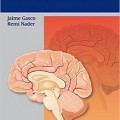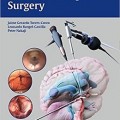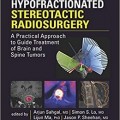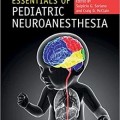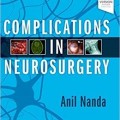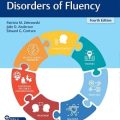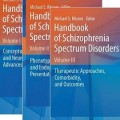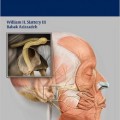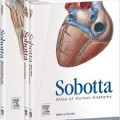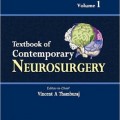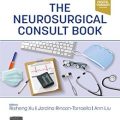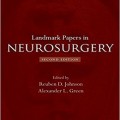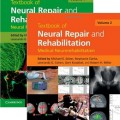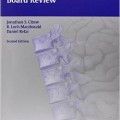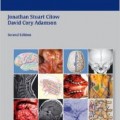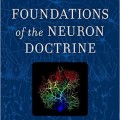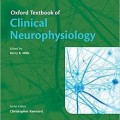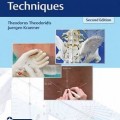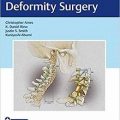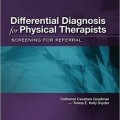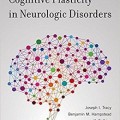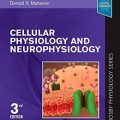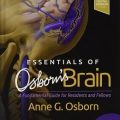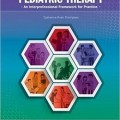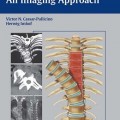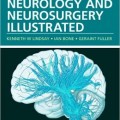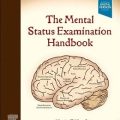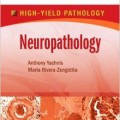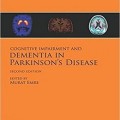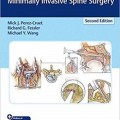دانلود کتاب اصول علوم اعصاب برای علوم و اختلالات ارتباطاتی
Neuroscience Fundamentals for Communication Sciences and Disorders, 1ed
Neuroscience Fundamentals for Communication Sciences and Disorders is a comprehensive textbook for undergraduate or graduate neuroscience courses in communication sciences and disorders programs. The goal of the textbook is to provide a thorough overview of the features, principles, processes, and structures underlying the working of the human nervous system. The textbook is designed to provide students with the neuroanatomical and physiological content relevant to CSD applications, and also content that places these features into the context of a behaving and communicative human.
Key Features:
- An emphasis on fundamental information on anatomy, neurophysiological, and functional processes using a conversational writing style.
- Beautifully illustrated with full-color anatomical and component figures, photographs, schematic line drawings, process flow-charts, and tables.
- Three chapters on the neural bases of speech, language, and hearing help integrate the basic information from earlier chapters with findings specific to CSD.
- Each chapter begins with an introduction and learning objectives and ends with review questions and a top ten summary list.
- Bolded key terms throughout with a glossary of definitions for comprehension.
- Clinical Importance Boxes highlight clinically relevant disorders and syndromes that compliment topic coverage.
- Interesting Facts Boxes highlight interesting, fun, and quirky facts about the nervous systems structure, physiology, and functionality.
- A PluralPlus companion website with PowerPoint lecture slides, instructional videos, and a sample syllabus for instructors, and interactive quizzes and flashcards for students.
Neuroscience Fundamentals for Communication Sciences and Disorders includes several chapters on broad topics related to brain and behavior relationships such as learning, skill acquisition, attention and memory, emotion, and neuroplasticity. These chapters go beyond typical neuroanatomy content to cover the large scale concepts that CSD students need to internalize to understand how humans learn, how and why we behave, and how these concepts apply to communication disorders. Such an understanding will deepen the student’s appreciation of the critical relevance of CSD in life and the importance of treatment to regain effective communication after disease, injury, or as a function of disorder.
Review
Contents
Chapter 1. Introduction and Organization of Neuroscience Fundamentals in Communication Sciences and Disorders
Chapter 2. The Basic Structure and Function of Neurons
Chapter 3. Basics of Neural Signaling and Synaptic Function
Chapter 4. Neuroanatomy of the Fluman Nervous System: A natomical Nomenclature, Embryology, the Spinal Cord, and the Brainstem
Chapter 5. Neuroanatomy of the Fluman Nervous System: The Diencephalon, Cerebrum, Cerebral Cortex, and the Infrastructure of the CNS
Chapter 6. Basics of Sensation and Perception, and the Somatosensory System
Chapter 7. Auditory-Vestibular System: Inner Ear Transduction Mechanisms for Sound and Balance
Chapter 8. The Visual System
Chapter 9. The Chemical Senses: Olfactory and Gustatory Systems
Chapter 10. Muscle Tissue: Structure, Mechanisms of Contraction, and the Motor Unit
Chapter 11. Motor Control Systems of the CNS
Chapter 12. Introduction to Motor Learning and Control Principles of Behavior
Chapter 13. Neural Substrate of Speech and Voice
Chapter 14. Neural Substrate of Language
Chapter 15. Neural Substrate of Flearing: Central Auditory Pathway and the Auditory Cortices
لینک کوتاه : https://bookbaz.ir/?p=120154
نویسنده : Richard D. Andreatta
ناشر : Plural Publishing, Inc.; 1 edition
سال انتشار : 2020
زبان کتاب : انگلیسی
نوع فایل : PDF
تعداد صفحات : 729
(ISBN) شابک : 1597568899
قیمت کتاب درآمازون : $109.95
حجم فایل : 220 MB


